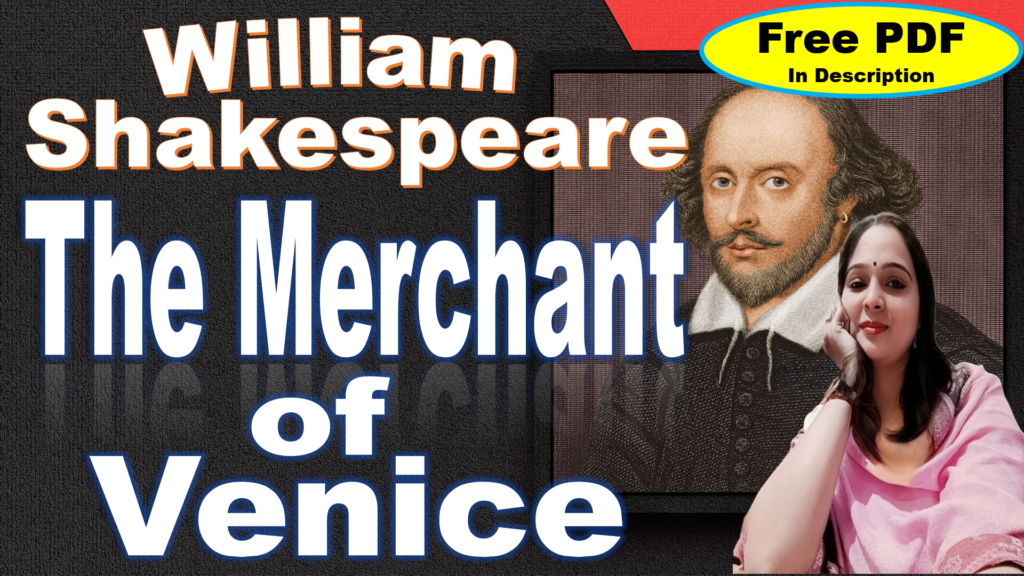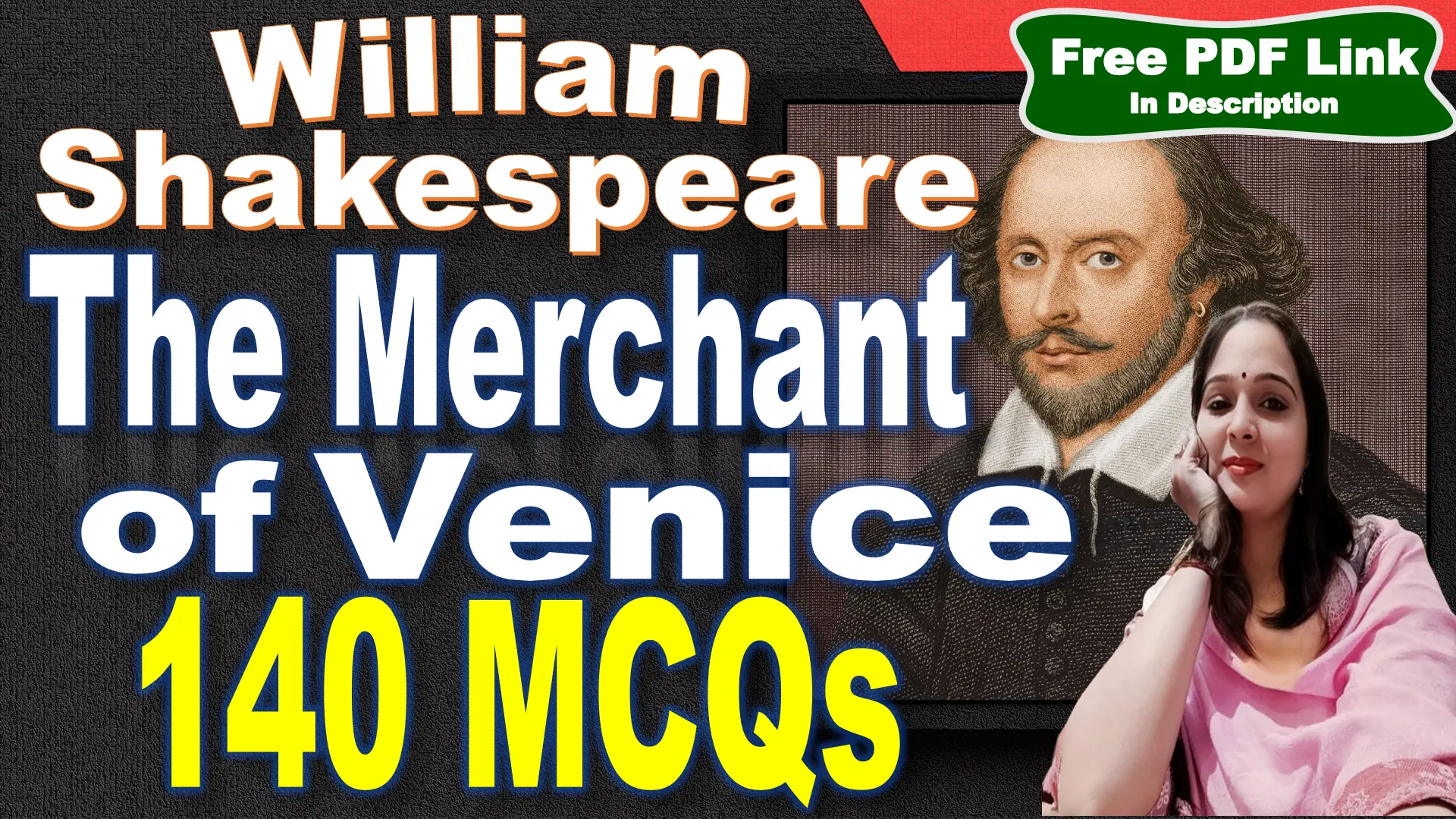
Compare and Contrast
1. Treatment of Jews
1500s:
Venice: Jews were forced to live in a restricted area called a ghetto, separate from the rest of the population.
Berlin: Many Jews were executed for their beliefs.
Rome: A priest who converted to Judaism was also executed.
1800s:
Europe: Many countries started accepting Jews as citizens and got rid of ghettos.
Germany: Some groups still wanted Jews to convert to Christianity.
Britain: Moses Haim Montefiore was the first Jew honored with a knighthood, showing increased acceptance.
Today:
United States: Joseph Lieberman became the first Jewish person to run for vice president, showing significant progress.
Gaza Strip: Jews were evacuated from Gaza due to ongoing conflict with Palestinians.
2. Religious and Cultural Movements
1500s:
Reformation: Martin Luther started a movement that challenged the Catholic Church and led to the rise of Protestantism.
England: Queen Elizabeth I enforced Protestantism and banned other religions.
1800s:
Orthodox Judaism: This movement started to keep traditional Jewish practices amid modernization.
Today:
Radical Islam: Some radical groups are still in conflict with Western countries, showing ongoing religious extremism.
3. Shipping and Transportation
1500s:
Venetian Ships: Venice was a major shipping hub with advanced ships for that time, helping its economy.
1800s:
Steamships: Steam power and iron ships made ocean travel much faster.
Today:
Airplanes: Modern jets can deliver packages worldwide overnight, a huge leap from earlier shipping methods.
Critical Overview of the Play Merchant of Venice
Introduction
The Merchant of Venice, written by William Shakespeare, is one of his most complex and debated plays. It is classified as a comedy due to its structure, which includes romantic elements and multiple marriages. However, it also features serious themes and a courtroom drama that lead some critics to view it as a “problem play”—a mix of comedy and tragedy.
Plot Summary
The play revolves around four main plotlines:
The Bond Plot: Antonio, a merchant, borrows money from Shylock, a Jewish moneylender, to help his friend Bassanio court Portia. Shylock demands a pound of Antonio’s flesh as collateral. The plot intensifies when Antonio defaults on the loan, leading to a dramatic courtroom scene where Portia disguises herself as a lawyer to save Antonio.
The Casket Plot: Portia’s suitors must choose between three caskets (gold, silver, and lead) to win her hand. This plot serves as a romantic comedy element, demonstrating themes of appearance versus reality and true worth.
The Elopement Plot: Jessica, Shylock’s daughter, elopes with Lorenzo, a Christian, and steals her father’s money. This subplot adds depth to the play’s exploration of Jewish-Christian relations and the theme of betrayal.
The Ring Plot: Portia and Nerissa, disguised as lawyers, test their husbands’ loyalty by asking for their rings, leading to a comedic yet poignant resolution.
Themes
Justice and Mercy: The play explores the conflict between the strict enforcement of the law (as represented by Shylock’s demand for the pound of flesh) and the more compassionate, merciful approach (embodied by Portia’s legal maneuvering).
Prejudice and Discrimination: Shylock’s character is a focus of anti-Semitic attitudes prevalent in Shakespeare’s time. The play raises questions about the nature of prejudice and the treatment of outsiders.
The Value of Money: The play critiques the obsession with wealth, contrasting the materialism of Venice with the idealized romanticism of Belmont.
Appearance vs. Reality: The casket test is a central element illustrating how true worth and character are often hidden beneath appearances.
Characters
Shylock: The Jewish moneylender is a complex figure who is both villainized and sympathized with. His demand for justice, driven by personal revenge, contrasts with his ultimate victimization.
Portia: Intelligent and resourceful, Portia is a key figure in resolving the play’s central conflict. Her role as a disguised lawyer highlights themes of justice and gender.
Antonio: The melancholic merchant whose financial and emotional struggles drive the play’s dramatic tension.
Bassanio: Antonio’s friend, whose quest to win Portia’s hand introduces the romantic subplot.
Structure and Style
The Merchant of Venice blends elements of comedy with serious, dramatic scenes. The play’s structure includes:
Comedy: The play features witty dialogue, romantic entanglements, and a happy ending with multiple marriages.
Tragedy: The courtroom scene introduces elements of tragedy, particularly through Shylock’s harsh treatment and the looming threat of violence.
Problem Play: The blend of these elements creates a work that defies simple classification, presenting moral and social issues that challenge the audience’s views on justice, mercy, and discrimination.
Historical Context
The portrayal of Jews in the play reflects the anti-Semitic attitudes of Shakespeare’s time. The Venetian ghetto, established in 1516, was a real institution that segregated Jews from the rest of society. The play also explores themes related to usury, which was a controversial issue in both Jewish and Christian contexts.
Critical Reception
The play has sparked considerable debate. Some view it as a critique of anti-Semitism and a sympathetic portrayal of Shylock, while others argue that it perpetuates negative stereotypes. The courtroom scene, in particular, has been interpreted in various ways, from a triumph of mercy over justice to a reflection of societal biases.
Conclusion
The Merchant of Venice remains a rich and challenging work that continues to provoke discussion and interpretation. Its blend of comedy and tragedy, coupled with its exploration of complex themes like justice, prejudice, and the nature of human values, ensures its place as a significant and enduring piece of literature.





